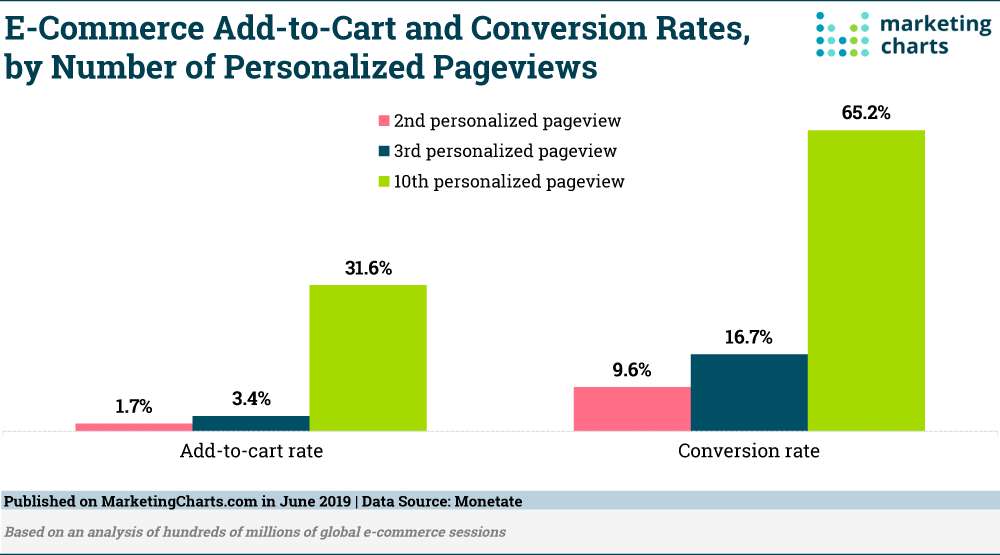As Trust & Safety move to the forefront of legislative assemblies around the world [https://www.canada.ca/en/canadian-heritage/campaigns/harmful-online-content.html] [https://www.gov.uk/guidance/a-guide-to-the-online-safety-bill], creating an online community that is a safe space for all is more important than ever. And with nearly 70% of audiences spending more than 15% of their time on-site reading posts and comments, you want to ensure your guidelines cover the comments most likely to drive the community away. But the challenge remains: how do you regulate countless unknown users that have access to your platform and make sure everyone plays by the same rules?
To help build your community, we’re giving you our 5-step guide to creating community guidelines that stick.
1. State the purpose
What’s the point? Why are we here? Why are you taking the time to ensure your audience has a safe space to engage? Because your audience is the most important part of your community, how they behave on your site directly impacts loyalty, retention, and revenue. When you start by defining your purpose, you can ensure that everything that follows contributes to it. Your mission statement for your community should connect with your company’s overall vision, state your goals, and clearly explain the type of community you hope to achieve.
2. Create the rules
The next step to creating a healthy online community is to define your site’s engagement rules: starting writing. Your guidelines should clearly spell out both acceptable and expected user behavior when using your platform and participating in your community. By explicitly stating the rules of engagement, you have a standard you can point to and enforce to remind users of expected behavior or remove toxic users who refuse to follow the rules. We’re here to give you some tips on preparing your own set of community guidelines.
While guidelines will vary across communities (and jurisdictions), there are some key elements that should be covered:
- Personal attacks: how far is too far? Are certain people fair game? Are others off-limits?
- Vulgar or obscene content: are you PG or R? In what context is “shit” ok? What about “bullshit”? (and yes, we have a “shitlist” workshop we use that can help with examples).
- Libelous or defamatory statements
- Anything described as threatening, abusive, pornographic, profane, indecent, or otherwise objectionable
- Self-promotion, including links to blogs, 3rd party social, or crowdfunding sites
And remember that even though your focus should be the do’s and don’ts for your community, including the why can help build buy-in: Use your guidelines to outline the type of community you want to create so users can know how best to contribute.
3. Make it accessible
Once you’ve spent the time and effort to define your guidelines, it’s time to share them with the world! If you want your users to play by the rules, it’s essential they have a clear understanding of them. Typically, you’ll want to ensure the users receive your guidelines when registering. We recommend including your mission statement and a link to your guidelines and an FAQ page just above the conversation for easy reference. Having your guidelines live on a dedicated page of your site can also be helpful for internal reference and dealing with complaints, so make sure you’ve got them laid out in a way that’s easy to navigate – consider subheadings for each category outlined above, with specific examples where possible.
4. Enforce the Guidelines
Now comes the messy part – outlining the penalties for failing to follow the rules. This can be especially tricky, depending on your revenue model. Enforcing a zero-tolerance policy can be more difficult when dealing with paid subscribers than anonymous users. Still, it’s crucial that users know they are responsible and accountable for their behavior on your site. As a best practice, we recommend defining different severities of offenses and how they are handled – a low-level offense such as name-calling might earn a short ban with a message reminding the user of how to engage:

Other mid-level offenses, such as offensive usernames or repetitive self-promotion, might use a three-strike and you’re out system, whereas doxxing or libelous comments might have zero tolerance. Wherever you land, defining the consequences and even preparing the messaging will ensure that your team is ready to copy and paste and be consistent in their messaging and that users know the rules aren’t just for show.
5. Start Moderating
Finally, crafting your guidelines is the easy part. The backbone to enforcing your guidelines and building communities is your moderation team. Whether this will be their primary role or yet another hat they wear, you’ll need to ensure you have team members on hand to ensure your guidelines are applied in a timely and consistent manner. Whether you handle moderation in-house or outsource it to a 3rd party, all moderators should undergo specific training that reviews your guidelines and their practical application and instills the ability to identify and manage unconscious bias. This will provide a more holistic understanding of the guidelines, empowering moderators to apply them more objectively. While hiring moderators can get expensive if your community is very active or posts controversial topics, an automatic content moderation solution can help maximize your resources.
Final Word
While creating a safe community in an online world can be a daunting challenge, starting with these five simple steps can help set you on the path to success.






